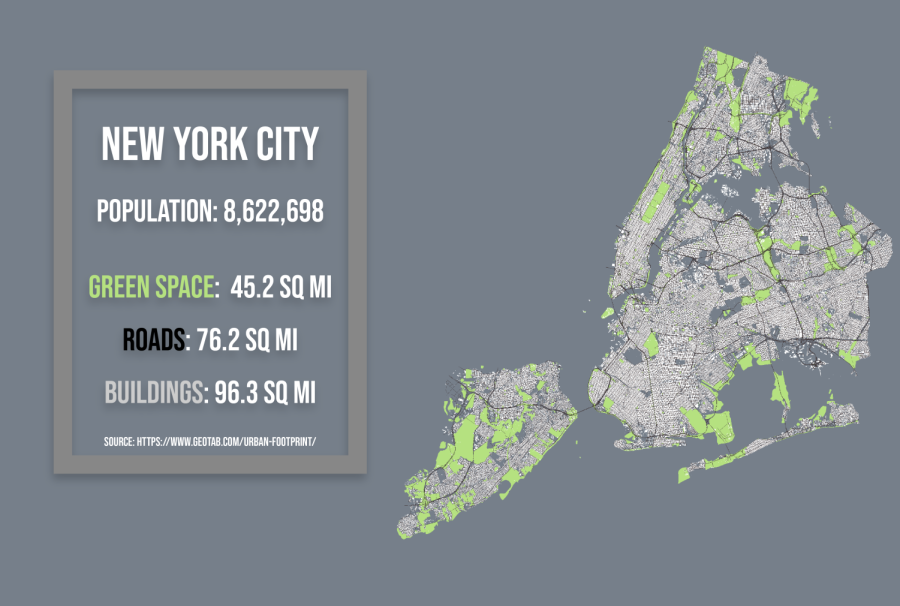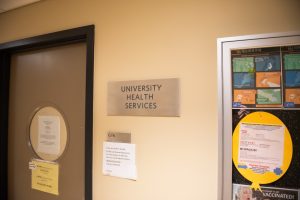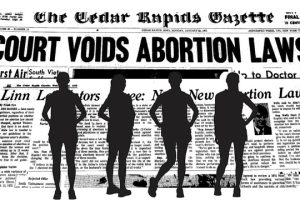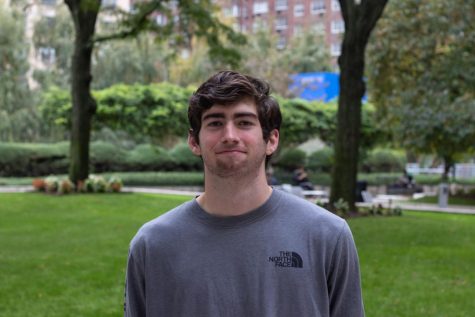Access to Green Spaces Directly Linked to Health Outcomes
Proximity to nature can have a number of health impacts, and these are only set to worsen as climate change continues
October 26, 2022
For many New Yorkers, parks and green spaces serve as an escape from the “concrete jungle” to which they are accustomed. But, for many of its residents, New York does not feature enough greenery to meet their needs. It may take blocks for you to find a park to relax in, or even just a row of trees to protect you from the sun.
Herein lies a key problem: For many living in New York, greenery is scarce or completely inaccessible. This reality comes with a multitude of health issues for New Yorkers, both mental and physical.
First, it is important to evaluate the distribution of vegetation across the five boroughs. New York City is extremely densely populated — so densely populated, in fact, that there are only 146 square feet of green space per person living in the city.
To compare that to the amount of space dedicated to roads in New York City; If all of the roads were distributed evenly to each person in the city, everyone would get 247 square feet of road to themselves. Due to its density, New York City features the least green space in terms of area per person of the cities that Geotab analyzed. Needless to say, this does not bode well for city residents.
Studies have shown that a lack of vegetation in urban areas typically leads to a phenomenon known as “urban heat islands,” which refers to urban areas being much warmer than the surrounding regions. New York is one of the metropolitan areas that is most impacted by the urban heat island effect due to its dense population, abundance of impermeable surfaces like concrete and asphalt, and its average building dimensions. This results in the New York City metropolitan area being 7.6 degrees warmer than its surrounding regions, on average.
Even within the city, the temperature increase varies from community to community. But the entire city, including neighborhoods adjacent to more greenery, feels the effects of the urban heat island.
Greenery and vegetation absorb the sun’s rays, leading to less heat being reflected back into the atmosphere. They also provide shade and reduce air pollution. For these reasons, trees and other types of vegetation are vital to reduce the impacts of the urban heat island effect.
It’s easy to wonder why this matters. People live in warm climates worldwide, so what difference do a couple of degrees make? Unfortunately, the climate change resulting from a lack of greenery has numerous detrimental physical and mental impacts on city residents.
The importance of having access to greenery, especially in urban settings, cannot be understated.
Access to vegetation is vital to our health as humans. Accessible green spaces increases physical activity, which in turn decreases the risk of heart disease and can reduce the risk of mortality. Green spaces also greatly impact mental health, leading to lower rates of depression, reduced stress and healthier cortisol profiles.
Richard Louv, author and journalist, coined the term “nature-deficit disorder” in 2005 to “serve as a description of the human costs of alienation from nature.” He points to research linking the lack of access to nature with ailments such as attention difficulties, conditions of obesity, as well as mental and physical illnesses as evidence of the importance of nature in individuals’ lives.
This concept was put on full display during the COVID-19 pandemic. As many individuals were forced to remain in their homes, they began to feel the drastic effects of the disconnection with nature. Children especially suffered from the inaccessibility to the outdoors and green spaces.
Children require exposure to nature to experience healthy development, with access to the outdoors showing positive impacts on attention, self-discipline, enjoyment and more. During the COVID-19 pandemic, many families living in urban areas experienced the consequences of isolation, with parks being closed and individuals fearful of getting sick if they left their homes.
Extreme heat worsens the consequences of air pollution, leading to possible health problems such as respiratory distress, asthma or heightened sensitivity to allergens.
Louv underlined that the pandemic added “a greater sense of urgency to the movement to connect children, families and communities to nature.” Nature-deficit disorder is non-diagnosable, but Louv’s theory holds that the impact of such removal from nature will be far reaching and long lasting.
Although it is a nonmedical term, since nature-deficit disorder was introduced as a concept, research has supported Louv’s claims. The importance of having access to greenery, especially in urban settings, cannot be understated.
The environmental consequences of a lack of green spaces, namely increased temperatures in urban areas, also lead to harmful health outcomes. For one, extreme heat kills more people in the United States each year than any weather-related phenomenon.
Furthermore, extreme heat worsens the consequences of air pollution, leading to possible health problems such as respiratory distress, asthma or heightened sensitivity to allergens. And these issues, like all of the ones mentioned throughout, will disproportionately impact low-income communities because they are less likely to have accessible green spaces.
Currently, the city’s Department of Parks and Recreation (NYC Parks) has several initiatives in place to attempt to remedy New York City’s green space problem. By rejuvenating the city’s parks, NYC Parks can protect the health and well-being of its many residents.
New York is not the only city wrestling with this difficult issue. Many urban areas, such as Houston, Chicago and Miami, overlooked the necessity of greenery while organizing the layout of their cities and are experiencing similar implications. But New York City specifically is undoubtedly facing the impacts of its lack of green spaces, with the highest population density of any metropolitan area in the country and the highest urban heat island intensity score of any city analyzed by Climate Central.
Residents need more parks and trees to avoid serious physical health impacts and damage to their mental well-being. The city’s increasing temperatures will only make things worse.
But as the city begins to react to these challenges, the best way that city residents can protect their health for the time being is by reconnecting with the nature that does currently exist. With the resources given, New York City residents should do what they can to keep themselves mentally and physically healthy.
NYC Parks should continue its initiatives such as the Community Parks Initiative, the Walk to the Park Initiative, Parks Without Borders and MillionTreesNYC have worked to make New York City’s parks more accessible in an equitable manner and to expand the city’s urban forest. Progressive plans like these must continue to be invested in because New Yorkers’ health is at stake.














